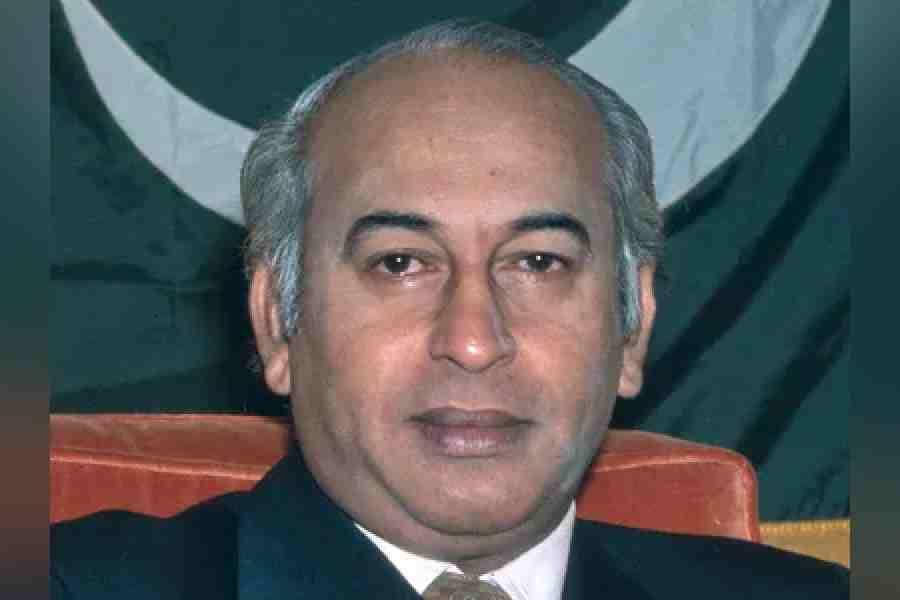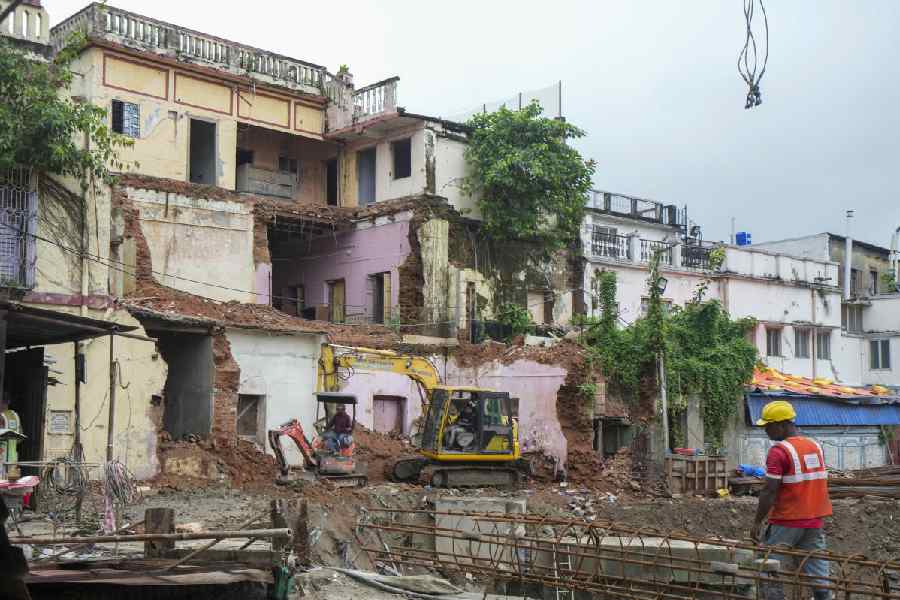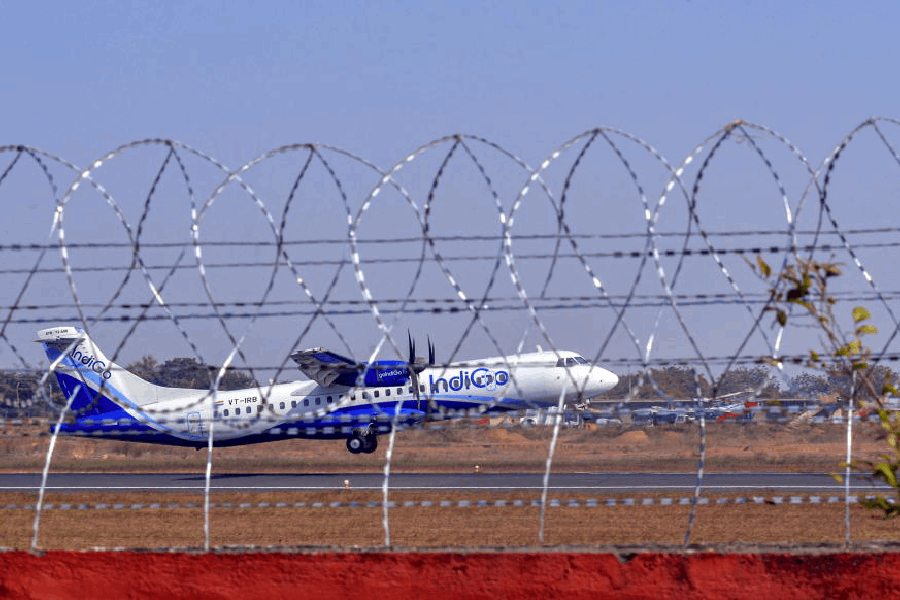A day after Pakistan’s defence minister Khawaja Asif said, following India’s recent “unilateral actions”, the Simla agreement had lost its relevance and validity, the neighbouring country’s foreign minister denied any decisions on the 1972 accord.
“The Simla Agreement is now a dead document. We are back to the 1948 position, when the United Nations declared the Line of Control a ceasefire line following the ceasefire and resolutions,” Asif had said.
In April, Pakistan’s National Security Committee (NSC) threatened to suspend its participation in the agreement, after Prime Minister Narendra Modi put the Indus Water Treaty in abeyance in retaliation to the Pahalgam attacks.
What were Zulfikar Ali Bhutto, one of the architects of the peace treaty, thoughts while signing the agreement more than five decades ago?
Concluded after India’s military intervention in East Pakistan, the peace treaty was signed between the then Prime Minister Indira Gandhi and Pakistan's President Zulfikar Ali Bhutto in Shimla, Himachal Pradesh, on July 2, 1972.
An outcome of this agreement was the establishment of the Line of Control (LOC), earlier known as the ceasefire line, in Kashmir, effectively dividing the region between the two nations and it was agreed that the Kashmir dispute will be decided through direct, bilateral negotiations.
Here’s what the Pakistan Peoples’ Party founder wrote in his book Notes from Death Cell.
“I found Mrs. Gandhi and her advisers quite rigid on the Kashmir question: they did not want to accord priority to aspects of this question referred to by me. I was also adamant about not permitting distortion of the facts of history and geography.
One day Mrs. Gandhi and I discussed the question in the absence of advisers from the two countries. I found her under constant pressure from her advisers not to yield. I did not require advisers not to yield. I did not require advice from my associates, for I was determined to find a place for the Kashmir dispute in the discussions. That day I found that the Indian Prime Minister was not comfortable; she was engrossed in thought and gave the impression that her tongue did not relish the taste of the hot tea in her cup. There was a deadlock; the talks could not make satisfactory progress.”
Bhutto added: “I was not happy; I felt disturbed by the small progress made during the talks. I was alone in my room that night when D.P. Dhar, a member of the Indian delegation, knocked and had an unscheduled meeting with me. The meeting lasted about half an hour. We discussed alternatives to end the deadlock. My emphasis was on the need to include the Kashmir question in the talks.
The next day I found Mrs. Gandhi relaxed, although two of her advisers looked slightly ruffled. Then a meeting between her and me took place on the question of bringing about normalisation of relations between Pakistan and India. Adjustment of behavior ultimately resulted in the announcement of the Shimla agreement (July 2, 1972). Happily for Pakistan and the people of Kashmir, India accepted, once again, the existence of the Kashmir dispute.”
Six years later, in 1977, a twist of fate dislodged former Prime Minister Indira Gandhi from power in India and Zulfiqar Ali Bhutto, was arrested on a charge of having conspired to murder a political opponent in 1974.
Bhutto was hanged at Rawalpindi jail in 1979 after a trial under the regime of late General Zia-ul-Haq.











